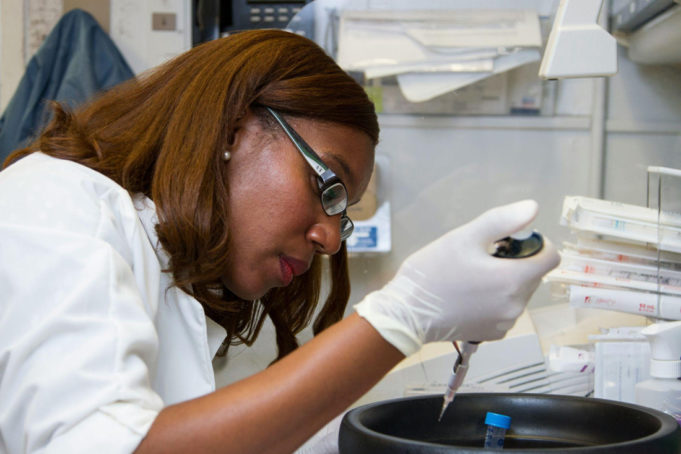A cat’s genetic code is a detailed blueprint that governs everything from coat color to personality traits to several toes. Siamese cats are extremely talkative, ragdolls are affectionate, sphinxes are bald, and Persians have flattened faces due to genetics. Although many diseases are multifactorial (meaning they have multiple causes that can be both genetic and environmental), genetic chromosome sequencing has revealed that cats have genetic mutations that predispose them to certain diseases. Some of these conditions could be breed-specific.
Not Just a Precaution
DNA tests can be performed on both humans and animals. These tests can identify genetic diseases in pets. Cat and dog breeders can also use DNA testing to determine the number of mutations or confirm information about a pet’s pedigree. This is especially important if your pet is in a “risk group” or has a genetic predisposition to certain diseases.
Disease Prevention
Pedigreed animal breeders frequently conduct DNA testing on their cats and dogs. They use DNA testing to reduce the likelihood of inherited diseases appearing in future litter. These include progressive retinal atrophy of various types (which can occur in Golden Retrievers, Collies, Welsh Corgis, Siberian Huskies, and some other pedigree dogs), Von Willebrand’s disease type 1-3 (an inherited blood disorder found in Scottish Terriers, Shelties, and some other breeds), laryngeal paralysis (which can occur in Bull Terriers), and other diseases.
In some cases, a DNA test for cats can detect the disease early on, allowing the pet to be treated right away. Some hereditary diseases (for example, degenerative myelopathy, a progressive spinal cord lesion that causes loss of limb coordination and eventually paralysis) manifest in the adult animal after it has produced offspring. In this case, DNA analysis can be used to remove mutations from the breeding population, lowering the likelihood of inherited diseases appearing in subsequent litters.
Determining Heredity
Additionally, DNA testing can be used to detect the presence of specific phenotypic traits. For example, a completely black cat may have a spotting gene that will be passed down to its offspring. The test determines whether a cat or dog carries genes for specific colors. If the breed includes both long-haired and short-haired animals, the test can help you determine whether your pet carries this or that gene. Inheritance can be either recessive or dominant. In the recessive type, the trait is not manifested, but the animal carries it, whereas in the dominant type, the trait manifests.
Determination of Pedigree
DNA testing can also be used to establish paternity or maternity in cats and dogs, allowing a pedigree to be confirmed. Some pet owners make a DNA profile (DNA passport) for their pets. It enables you to quickly locate your pet among others if it is lost. In addition, a DNA profile can be used to quickly confirm a pet’s pedigree during breeding.
How DNA Testing is Performed
DNA can be found in any biomaterial, including hair, saliva, claws, and blood. However, venous blood or buccal epithelium (a scrape from the inside of the cheek) is commonly used for genetic testing. These tests have comparable accuracy. Only scraping may be challenging if the animal is nervous or aggressive. Furthermore, the pet should not be fed for at least 2 hours prior to scraping, and contact with other animals should be avoided to prevent foreign saliva, hair, and other biomaterials from entering the sample.
The analysis is packed in a separate small paper bag and signed with the owner’s name, nickname, and clinic name. The large envelope holds the completed referral for analysis, a copy of the pedigree, and a carefully packed small envelope containing the analysis. Do not interact with other animals during the procedure to prevent the material from becoming contaminated with foreign DNA. If material is to be collected from multiple animals, thoroughly wash your hands and change gloves before each collection. Disposable gloves must be used during manipulation.
Conclusion
Animal DNA testing is more than a passing fad; it is an essential tool for ensuring your pets’ health and well-being. Determining genetic traits not only aids in the identification of disease predisposition, but it also helps to improve breeding by ensuring healthy offspring. These tests can help your pet avoid genetic diseases and live a long and happy life.












